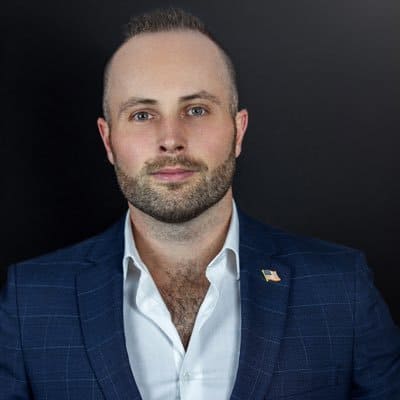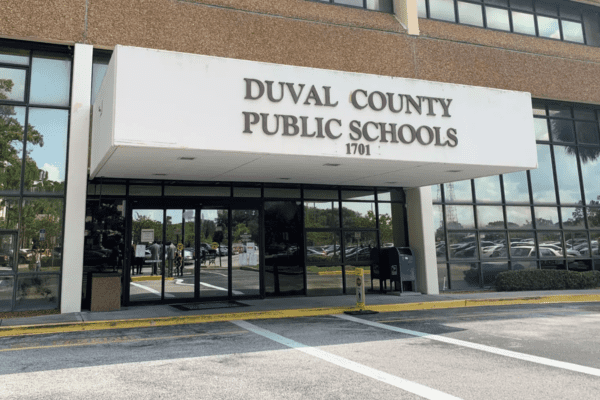How Florida is Putting an End to Incentivized Unemployment
by: Tyler Shaw
In Florida, schools and businesses have been open at full capacity since October 2020. However, today, over six months later, businesses across the state are struggling to hire employees. In fact, on May 13th, Florida’s Chamber of Commerce reported that Florida has approximately 461,000 unfilled jobs across the state.
This is in large part due to the federal government’s COVID-19 optimal unemployment benefits. Floridians receiving unemployment benefits normally receive a maximum of $275 per week which comes out to $14,300 per year. However, with the federal government’s extended unemployment benefits, unemployed Floridians now receive an additional $300 weekly, totaling $575 per week. That’s an annual payment of $29,900 for individuals and $58,000 for couples to remain at home and not return to the workforce.
In a May 14th press conference regarding enhanced unemployment benefits, Senator Marco Rubio said it best, “Enhanced unemployment benefits are creating an incentive for people not to return to work until they expire.” Senator Rubio went on to say, “It’s not because people are lazy, it’s because people are logical. If you’re going to make close to, as much as, or in some cases more than you will make when you are at work you will go back to work when that expires.”
Inspired by this concept, Florida’s DEO Director, Dane Eagle, who has publicly stated that the current labor shortage is not sustainable for our state economy, announced that Florida will be the 23rd state to stop paying unemployed residents the $300 per week enhanced unemployment benefit effective June 26th, 2021.



